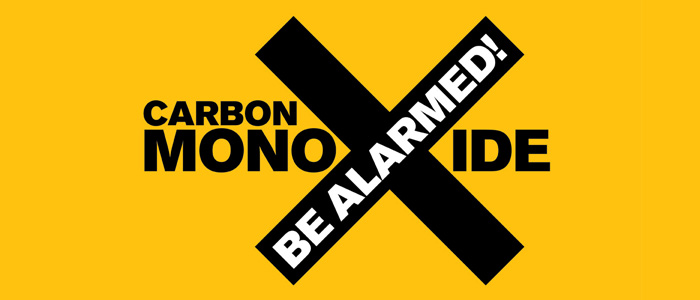
In a recent online poll of 2000 people from OnePoll on behalf of the Gas Safety Trust, only 13% of those questioned were able to identify the main symptoms and characteristics of carbon monoxide (CO) poisoning.
The survey found that under 25s were least educated on the symptoms, with under a third owning an audible CO alarm.
It also discovered over a third of homeowners had not had their boiler serviced in the last 12 months and that less than 25% of renters knew whether their appliances had undergone a landlord’s safety check.
Despite high profile campaigns and regular news stories on the effects of this dangerous gas, these shocking findings suggest more needs to be done to promote awareness of what remains one of the UK’s most common forms of poisoning.
Following the poll, Chris Bielby, Chair of the Safety Trust, said:
“We were disappointed to find that despite a concerted effort by industry and others, there is still a worrying lack of awareness about the dangers of carbon monoxide.
With the Department of Health estimating 40 deaths per year from carbon monoxide, it is essential that people get their appliances checked on an annual basis by an appropriately qualified engineer (Gas Safe Register in the case of natural gas appliances) and that every household has an audible carbon monoxide alarm.
Initiatives over the last 10‒20 years have made great progress but with an emerging trend of fatalities from barbecues and generators, where they are used in enclosed spaces with poor ventilation such as tents, it is clear that we have much further to go to get the message across to the public.”
With around 4000 people diagnosed with low-level carbon monoxide poisoning and the NHS reporting over 50 fatalities and 200 serious cases each year in the UK, it’s another reminder of the need for even more education when it comes to gas safety.
Key Information On Carbon Monoxide Safety
Please remember, the most common symptoms of carbon monoxide poisoning are:
- Headaches
- Dizziness
- Nausea or vomiting
- Tiredness or confusion
- Stomach pain
- Shortness of breath or difficulty breathing
These symptoms can be similar to those of food poisoning or flu (though does not cause a high temperature) and worsen as exposure to CO continues, resulting in loss of balance, vision, memory and eventually consciousness.
If you suspect a carbon monoxide leak:
- Immediately stop using any non-electrical cooking or heating appliances
- Open all of the windows in your house or building
- Move away from the suspected source
- Call the Health and Safety Executive (HSE) Gas Safety Advice Line on 0800 300 363 for advice
- Visit your GP as soon as possible or attend an A&E department
To reduce the risk of carbon monoxide poisoning:
- Ensure you have an audible CO alarm, in working order and appropriately positioned
- Receive regular boiler servicing from fully-qualified technicians with the correct equipment (annual services recommended)
- Check that your property has undergone a landlord’s safety check (if applicable)
- Make sure there is appropriate ventilation for all gas, oil, wood and coal appliances. Also ensure that all vents and flues are properly installed and maintained
Signs that incomplete combustion is occurring and may result in CO production:
- Yellow or orange flames rather than blue (except in fuel effect fires or flueless appliances which display this colour flame as standard)
- Soot or yellow/brown staining around or on appliances
- Pilot lights that frequently blow out
- Increased condensation inside windows
If you see any of these signs, ensure your appliance is serviced by fully-qualified technicians with the correct equipment.
